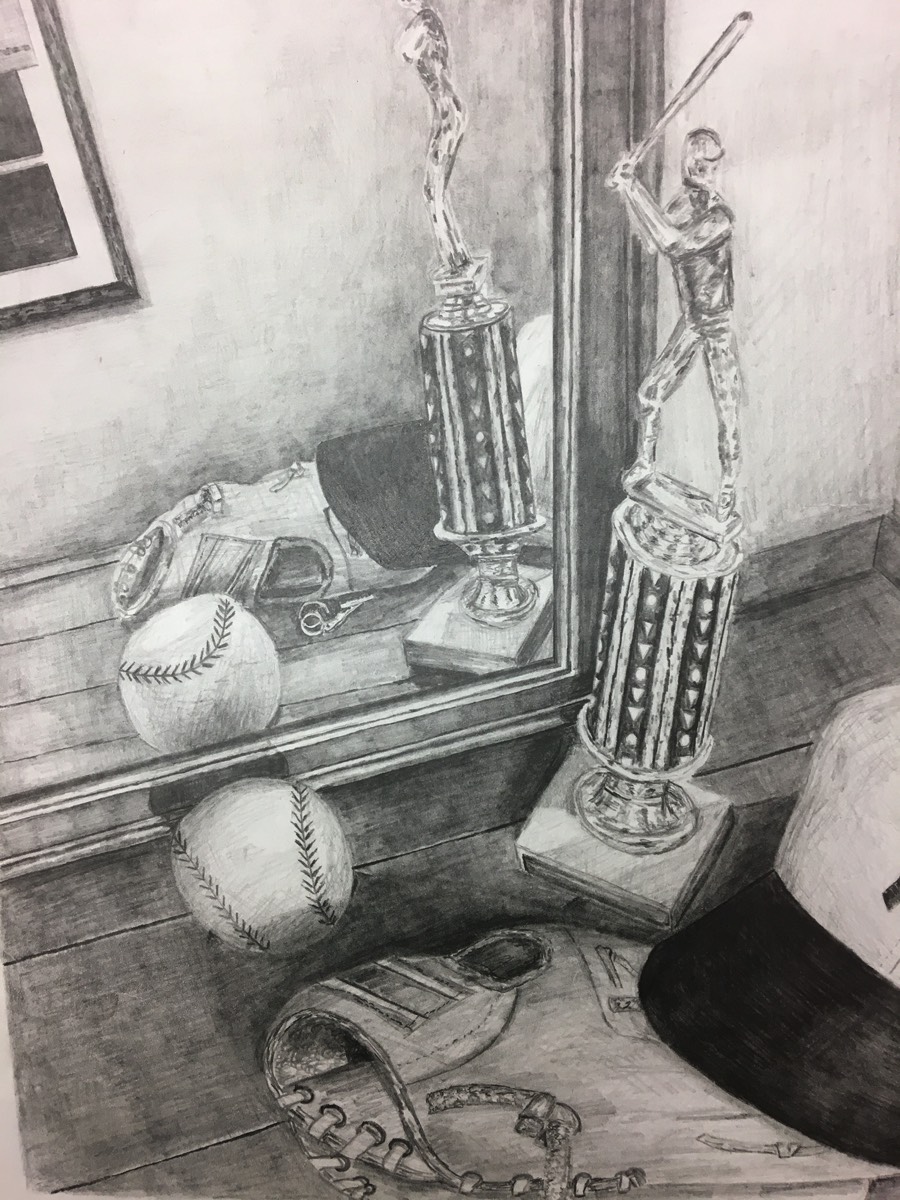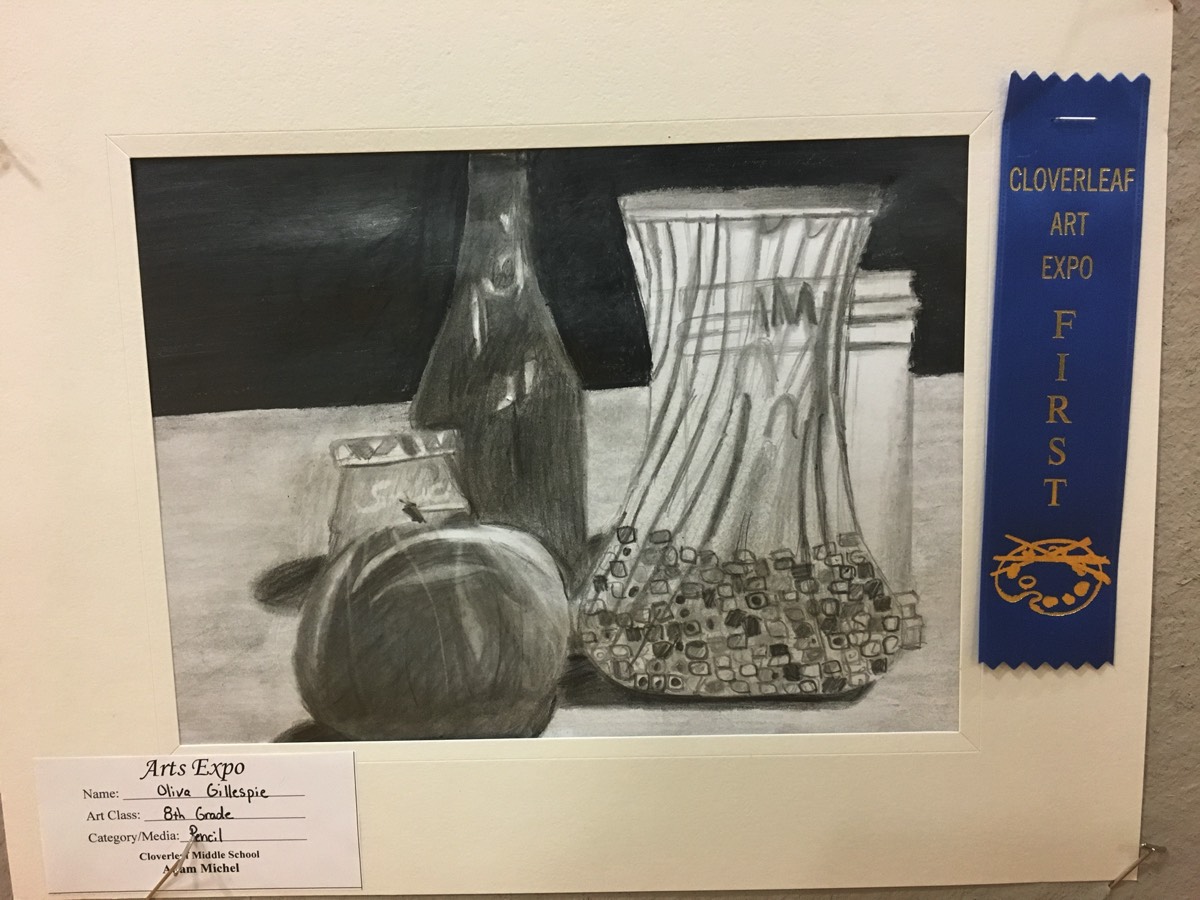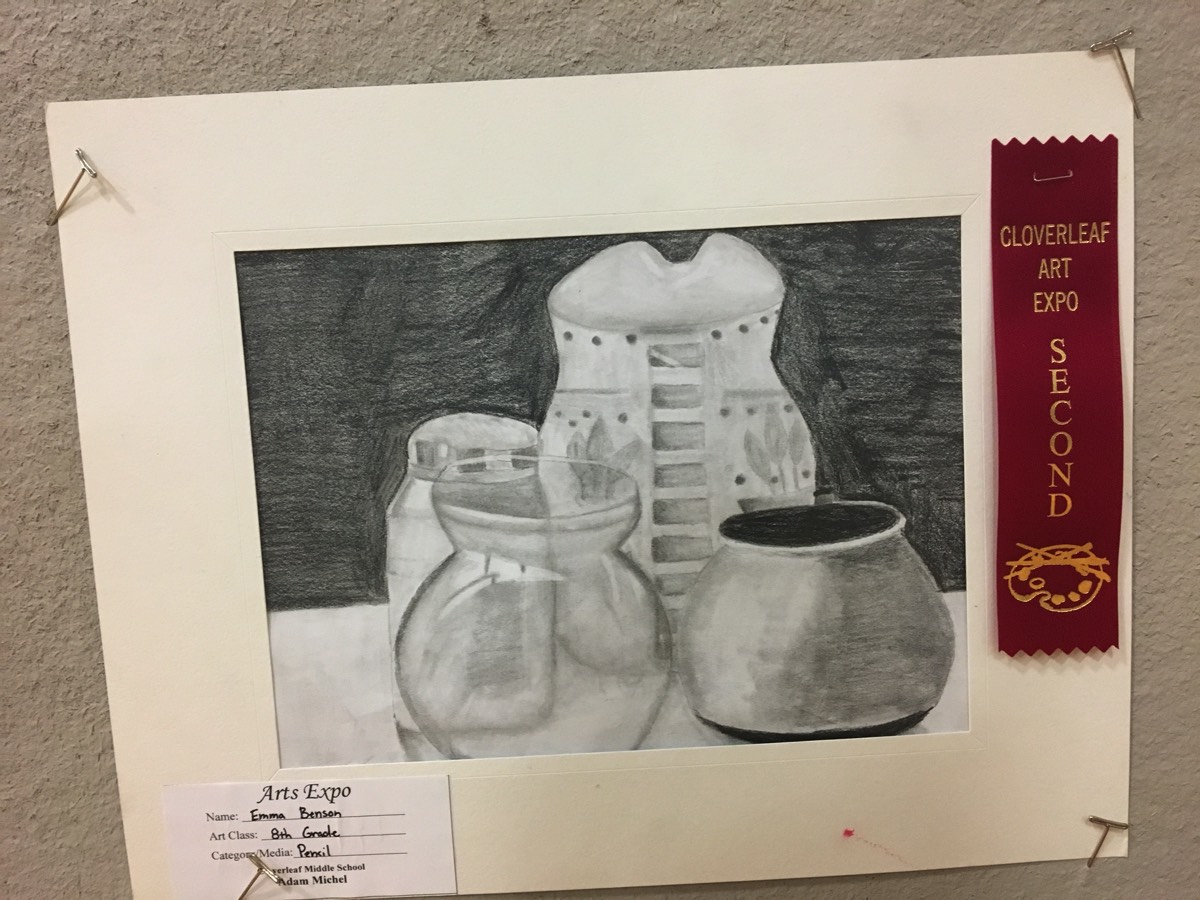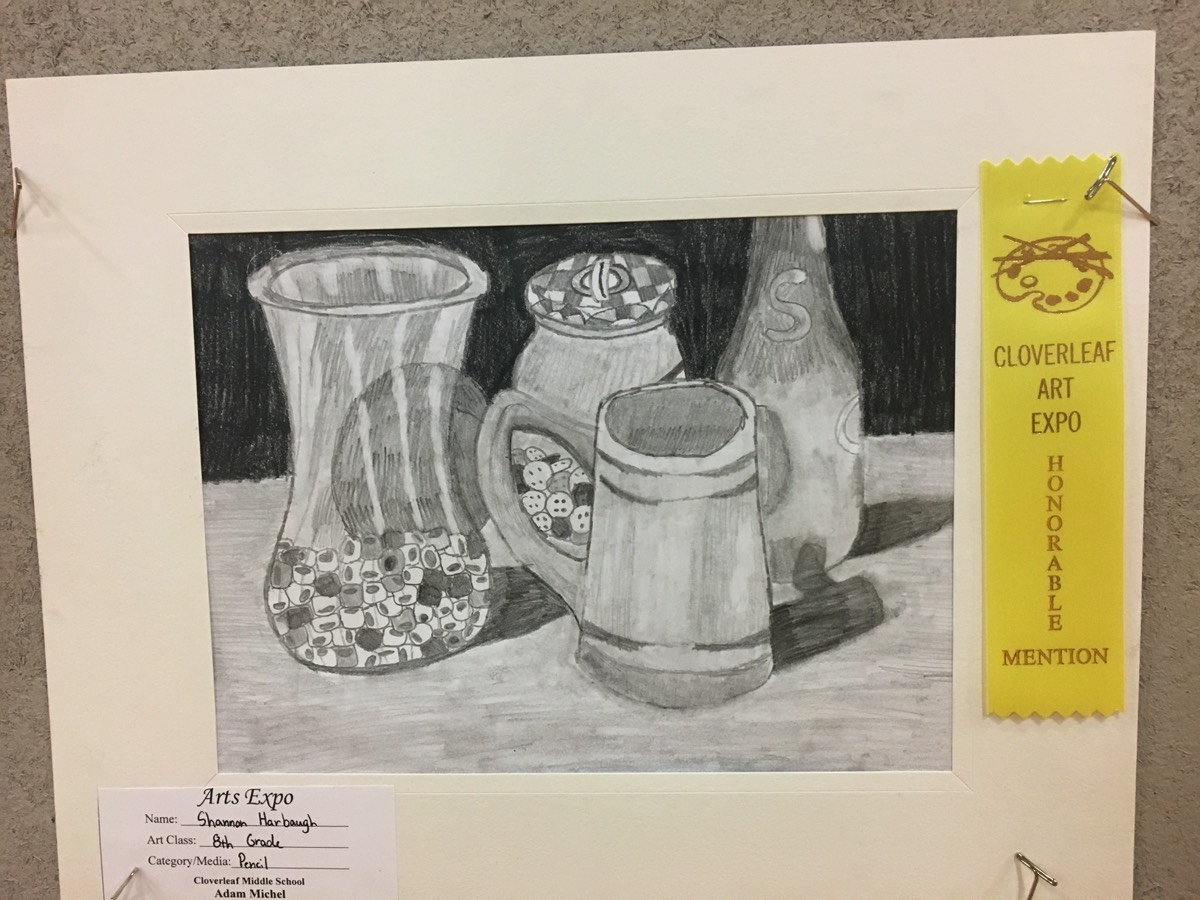Head Coach

Adam Michel:
Has been coaching the Cloverleaf Colts since 2009. He started playing golf at age 13 and became a teaching professional at 2006. Adam passed his PGA Player Ability test in the fall of 2008. He gave lessons at St. Denis Golf Course and Sandbaggers for a number of years. He has been the Portrail Trail Conference Coach of the Year 2016 and 2017.
Learning Targets:
The student will:
- Identify and create artwork based on the elements of art and on the principles of art.
- Demonstrate through their artwork how to use the elements of art to show movement and express feelings.
- Recognize, compare and use different media to create their artwork.
- Develop a respect and appreciation for the artwork of artists, including classmates' art.
- Recognize and compare differences in several art mediums.
- Create representational and abstract art.
- Learn to create depth in a 2-dimensional artwork using one and two point perspective.
- Communicate thoughts, feelings and experiences to others through art.
- Understand terms that are basic to art media, procedures and techniques, as well as art appreciation.
- Maintain a sketchbook for a variety of drawing assignments to perfect their hand-eye ability and drawing skill.
Enduring Understandings:
8th Grade students will develop an understanding of how generating ideas and planning can lead to expressive creations. Students will also have a better understanding of how color theory influences artists. Artists will communicate meaning through the visual arts.
Essential Questions:
What are the four blending techniques used in still life creation?
What makes a successful composition?
What is color theory?
How does an artist begin his or her work?
What are the elements and principles of design?
Rubric:
Rubrics have become popular with teachers as a means of communicating expectations for an assignment, providing focused feedback on works in progress, and grading final products. A rubric is a document that articulates the expectations for an assignment by listing the criteria, or what counts, and describing levels of quality from excellent to poor.
Rubrics are often used to grade student work but they can serve another, more important, role as well: Rubrics can teach as well as evaluate. When used as part of a formative, student-centered approach to assessment, rubrics have the potential to help students develop understanding and skill, as well as make dependable judgments about the quality of their own work. Students should be able to use rubrics in many of the same ways that teachers use them—to clarify the standards for a quality performance, and to guide ongoing feedback about progress toward those standards.
The rubric for the still life project can be viewed, downloaded and printed below. Enjoy
Artist: J.D. Hillberry
J.D. Hillberry has a natural ability and strong desire to draw surfaced early in his life. While growing up in Wyoming, he began developing his own techniques of blending charcoal and graphite to give a photo realistic look to his drawings. J. D. uses this monochromatic medium to focus the viewer's attention to the drama of light, shadow, and texture without the added influence of color. Throughout his career, He has tried to push the limits of realistic expression with drawing. After moving to Colorado in 1989, Hillberry began experimenting with trompe l'oeil drawings. Traditionally, this type of artwork is done with oils, but he has successfully rendered images so realistically, they fool the eye into thinking that real objects are displayed in a shadow box frame. Working out of his studio in Erie, Colorado, J. D. Hillberry continues to expand the public's perception of drawing.
Project Example

Project Demonstration
Student Work










